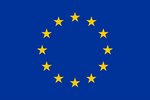Innovative production systems for organic pigs in EU
The project POWER evaluated innovative grazing systems in Denmark, Italy and Switzerland. Common features are rotational systems protecting pasture areas as regards vegetation cover and nutrient leaching besides focus on natural behaviour.
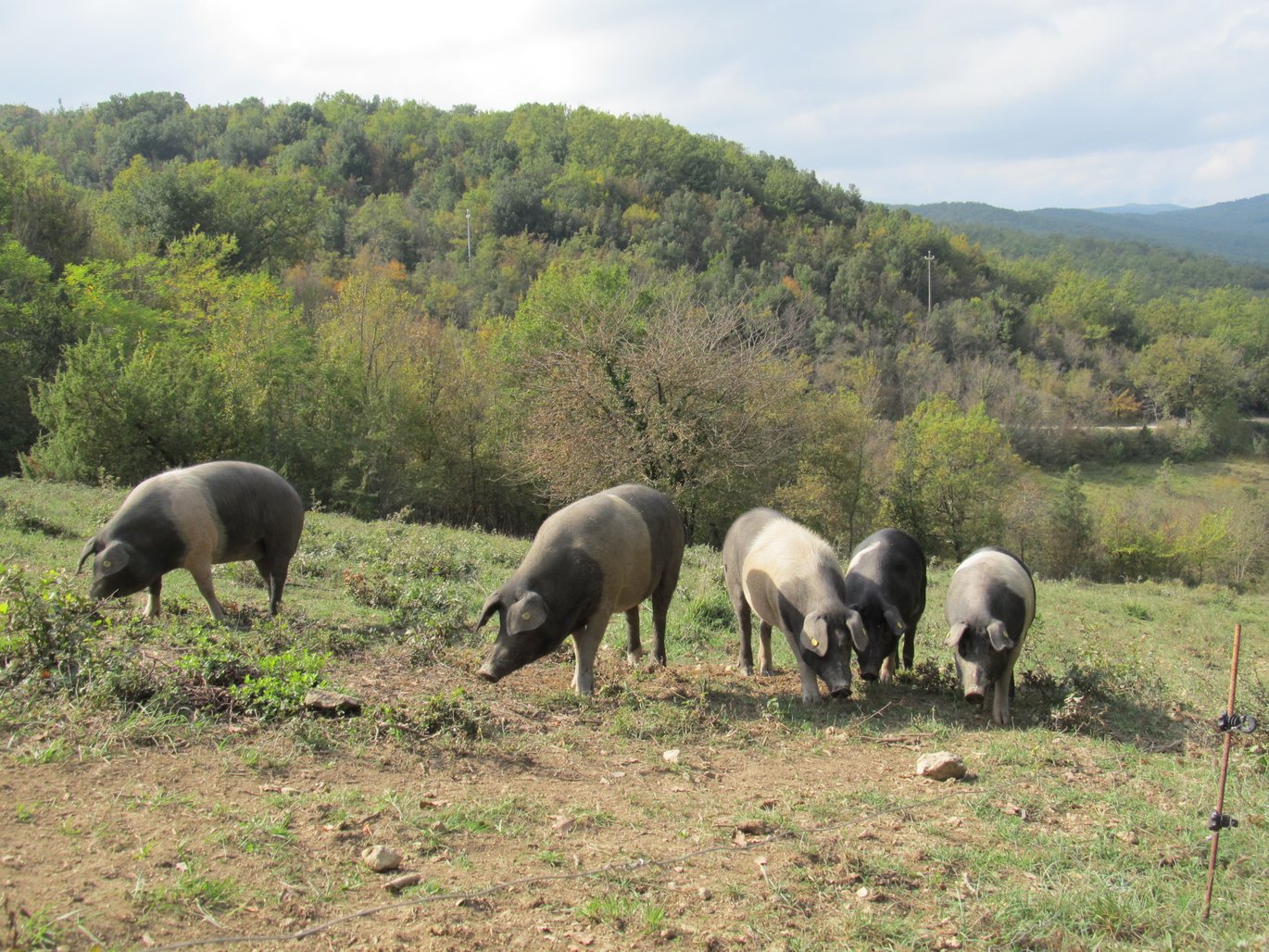
Switzerland
The pig caravan
A “pig caravan” to fatten pigs on permanent grassland was invented in Switzerland. The mobile pigsty accommodates 10 fatteners and comprises a sheltered lying area, drinking and feeding station and a water bath for thermoregulation. A slatted platform ensures all faeces are deposited on pasture, limiting the need for cleaning, and reducing ammonium emissions. Frequent pasture rotation allows fattening of pigs on pasture without destruction of the grass cover.
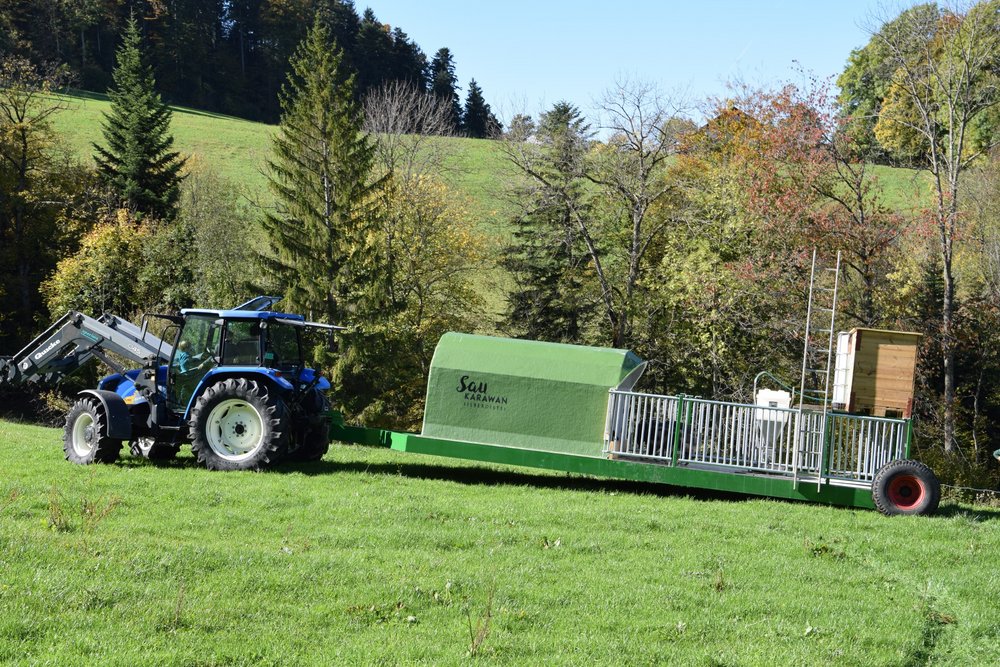
The Pig Caravan for growing pigs in Switzerland. Photo: Anna Jenni.
Berkshire pigs outdoor year-round
Berkshire breeding sows in Switzerland are reared outdoor year-round in huts imported from UK. Each sow has an insulated farrowing hut with straw and piglet shelter. Rearing pigs outdoors all year reduces ammonia emission. The system requires large pieces of land and a frequent rotation of the pasture integrated with cultivated crops to use accumulated nutrients, prevent nitrogen leaching and preserve the grass cover.
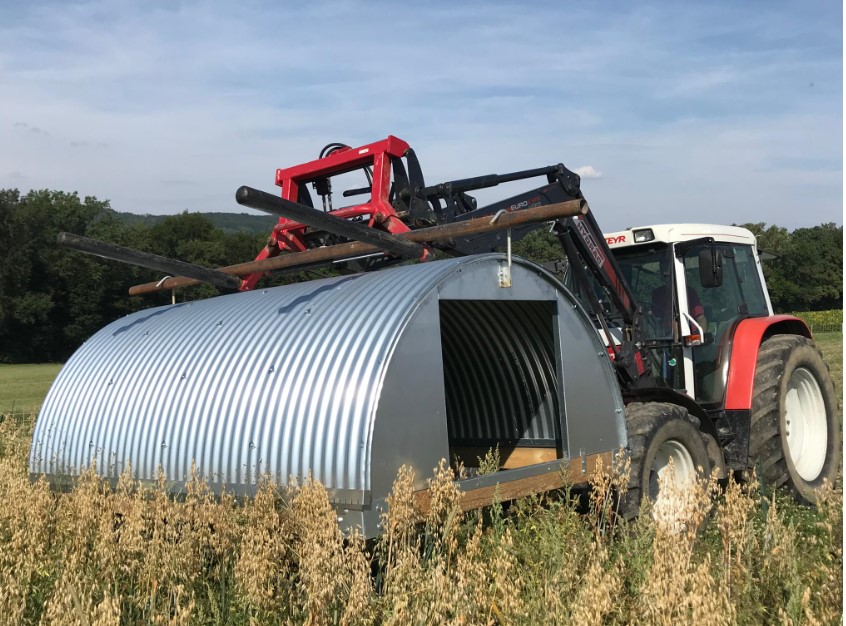
Hut for farrowing sows on pasture in Switzerland. Photo: Anna Jenni.
Denmark
Group housing on pasture
A complete hut for groups of farrowing sows optimizes outdoor sow management in Denmark. The hut consists of four individual pens with individual paddocks. To create good working conditions the hut is movable by tractor and the farmer is able to stand up in the huts. Heated piglet nests and bars to direct sow lying behaviour are installed to reduce piglet losses. The system has a crop rotation with pigs in six months following cultivation in a two-year period.
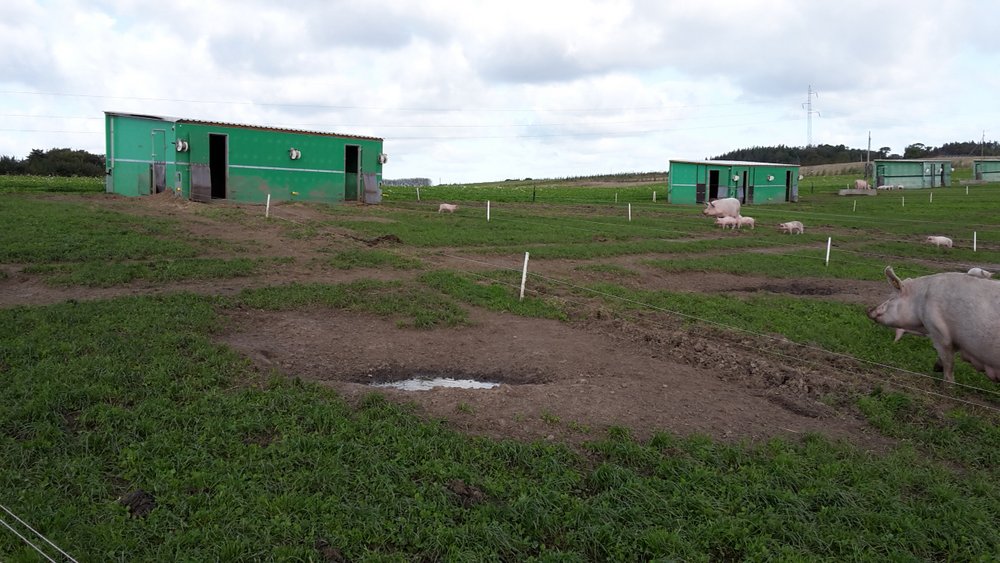
Huts for group housing of farrowing sows in Denmark. Photo: Rikke Thomsen.
Mobile houses for growing pigs
In three mobile houses 450 pigs live as nomads in Denmark. Twice a day their pen and outside area is moved by a tractor. Moving the wagons daily results in pigs being only very shortly on the same pasture area. This has several advantages: dispersing the manure on a larger pasture area, lowering parasite pressure, reducing risk of nutrient leaching, and allowing for a faster regrowth of vegetation. There is a three-year crop rotation system.
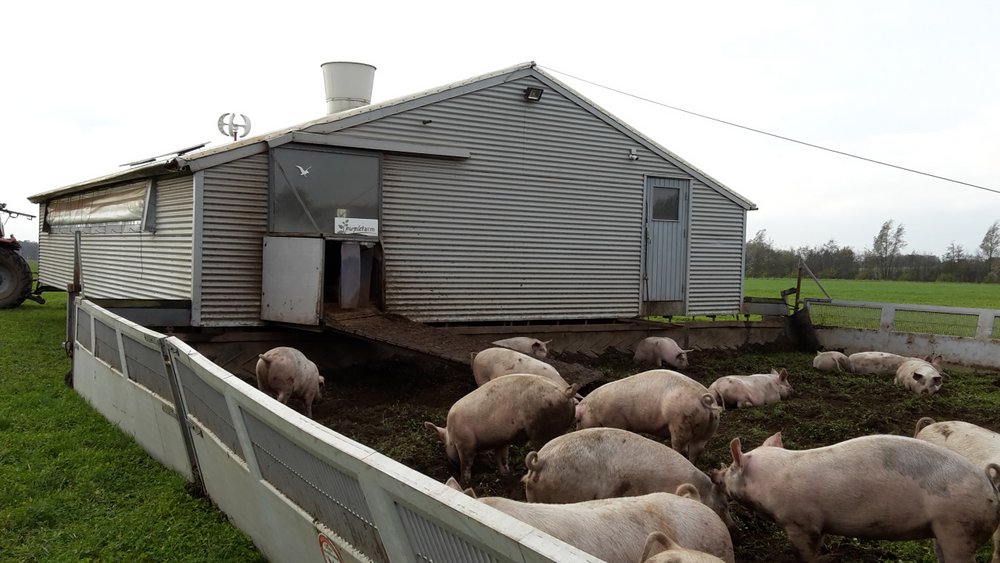
Mobile wagon for growing pigs in Denmark Photo: Rikke Thomsen.
Italy
Fattening with cultivated crops
Growing pigs live outside all year round on pasture areas in Italy. Every 15 days the pigs get access to a new area where different types of crops are cultivated. The long grazing period from March to November enables pigs to consume up to 40 percent of the diet from the areas resulting in meat rich in omega-3 fatty acids. During winter the fatteners stay protected in large areas with bushes and trees.
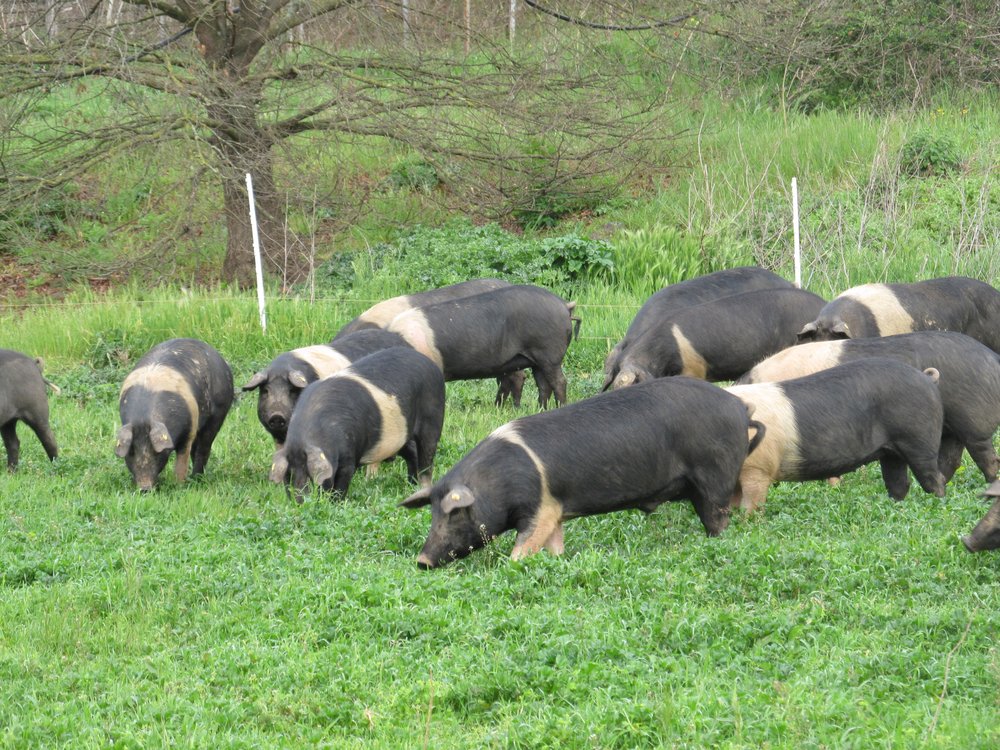
Pigs on alfalfa pasture in Italy. Photo: Davide Bochicchio.
Pasture rotation in the forest
All animals live outdoors in hilly forest areas in this agroforestry system in Italy where rotation of the areas is the key to ensure environmental sustainability. Pregnant sows and weaners stay in large paddocks with bushes and trees. Fatteners live in forest areas that are rotated every 2–3 months following at least one year of recovery to protect tree roots and soil fertility. Forest areas provides shelter and minimizes thermoregulatory problems.
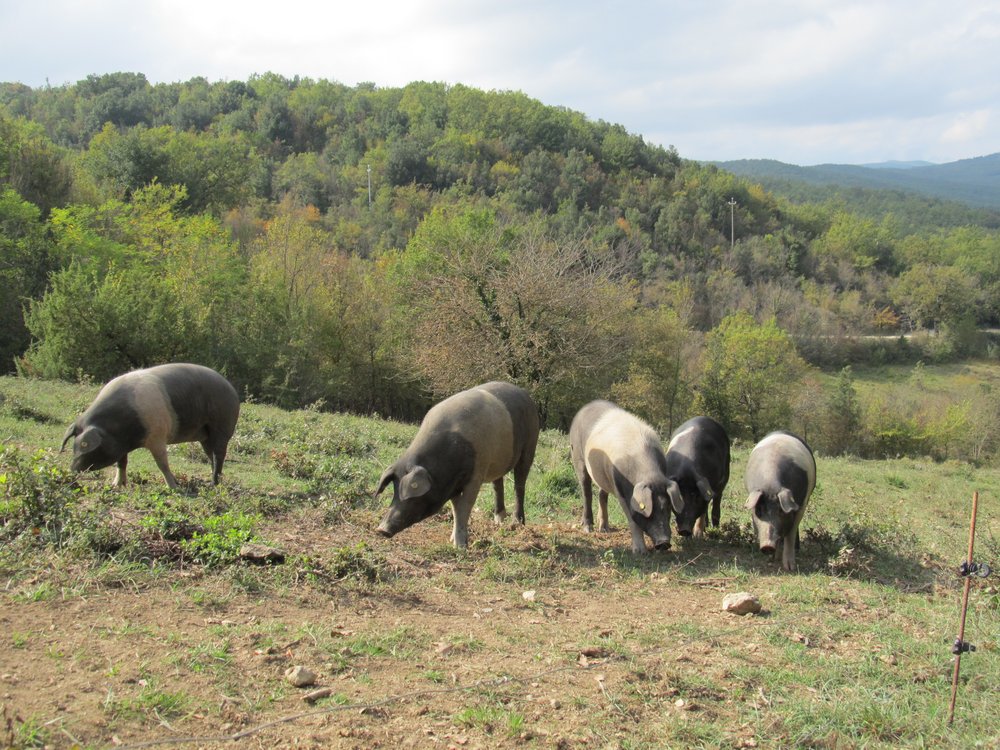
A group of fatteners in a large clearing in the forest in Italy. Photo: Davide Bochicchio.
Relevant link(s)
POWER homepage: https://projects.au.dk/coreorganiccofund/core-organic-cofund-projects/power/
Video Pig Caravan in Switzerland: https://www.youtube.com/watch?v=RiGhwu-N6xo
Author(s) info
Anna Jenni, Department of Livestock Sciences, Research Institute of Organic Agriculture (FiBL), anna.jenni@fibl.org, FiBL - fiblorg
Davide Bochicchio, Council for Agricultural Research and Economics, Research Center for Animal Production and Aquaculture (CREA-ZA), davide.bochicchio@crea.gov.it, Home - Animal Production and Aquaculture - CREA
Rikke Thomsen, Centre for Free Range Livestock, rikth@frilandsdyr.dk, www.frilandsdyr.dk
Editor: Karin Ullven / Design: Anton Brander Lichtenberg
